Purpose
To determine whether the water at the state's licensed beach facilities is safe for swimming.
Key Information
The concentration of Enterocci bacteria in beach water samples is measured in cfu/100ml (colony forming units per 100 milliliters). Beach closures are based on exceedances of more than 60 cfu/100 ml in saltwater and in freshwater.
Collection Period
Sample data is available from 2000 to present.
